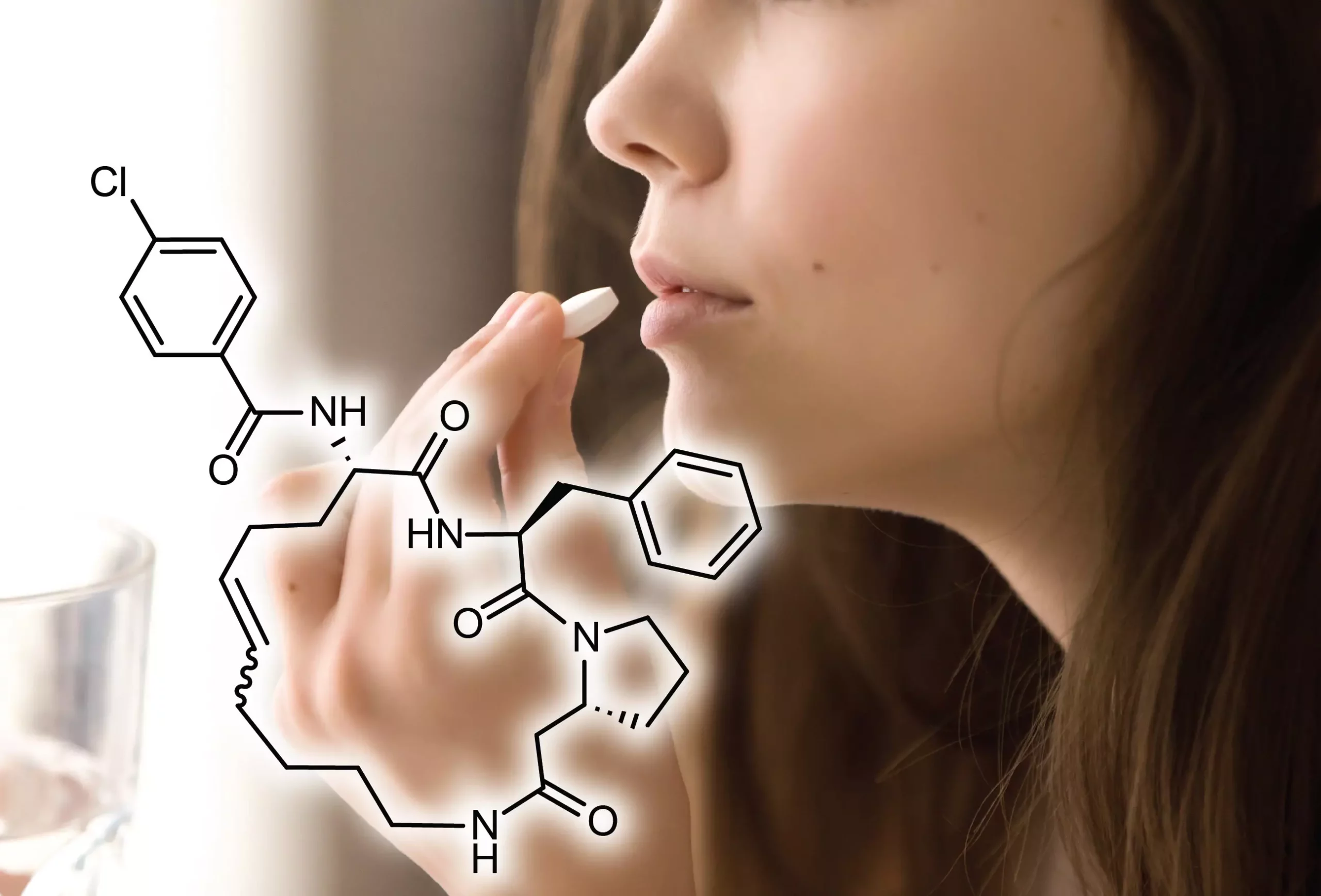Over the years, there has been a persistent challenge in the field of drug development. Many proteins, which play a vital role in treating various diseases, have remained inaccessible to oral drug therapy. Traditional small molecules have struggled to bind to proteins with flat surfaces, and the requirement for specificity in targeting particular protein homologs has limited their effectiveness. Additionally, larger biologics, while capable of targeting these proteins, have only been available through injection, posing a significant inconvenience to patients. However, a recent groundbreaking study conducted by scientists from the laboratory of Professor Christian Heinis at EPFL presents a promising solution to this long-standing pharmaceutical industry challenge.
The focus of the study published in Nature Chemical Biology was on cyclic peptides. These versatile molecules have long been known for their high affinity and specificity in binding challenging disease targets. However, they have proven challenging to develop as oral drugs due to rapid digestion and poor absorption by the gastrointestinal tract. Professor Christian Heinis and his team aimed to address this limitation and explore the possibility of unlocking the therapeutic potential of cyclic peptides in oral drug administration.
To overcome the obstacles associated with the oral administration of cyclic peptides, the research team developed a two-step combinatorial synthesis strategy. This innovative approach enabled them to synthesize a vast library of cyclical peptides with thioether bonds. These thioether bonds enhance the metabolic stability of the cyclic peptides when taken orally, making them suitable for use as oral drugs. The researchers applied a new method that involved the synthesis and screening of thousands of peptides directly in the same reactive container, streamlining the process and eliminating the need for intermediate purification steps.
Through their method, the research team successfully generated a comprehensive library of 8,448 cyclic peptides with an average molecular mass slightly above the recommended limit for orally-available small molecules (500 Daltons). Remarkably, the cyclic peptides demonstrated a high affinity for thrombin, a critical enzyme involved in blood coagulation. When tested on rats, these orally-administered cyclic peptides exhibited an impressive oral bioavailability of up to 18%. This means that 18% of the drug successfully entered the bloodstream, leading to potential therapeutic effects. Comparatively, orally-administered cyclic peptides typically show a bioavailability below 2%. Therefore, this substantial advancement in bioavailability represents a significant breakthrough for drugs in the biologics category, including peptides.
The achievement of orally available cyclic peptides paves the way for treating a myriad of diseases that have remained difficult to address with conventional oral drugs. The versatility of the developed method means it can be adapted to target a wide array of proteins, presenting the possibility of breakthroughs in currently unmet medical needs. In fact, the researchers anticipate that by automating further steps of the method, libraries with more than one million molecules can be synthesized and studied. This opens up immense potential for overcoming challenging targets such as protein-protein interactions.
In the next phase of this revolutionary project, the research team will focus on targeting intracellular protein-protein interactions that have been difficult to inhibit using classical small molecules. They are confident that orally applicable cyclic peptides can be developed for at least some of these challenging targets. The implications of this advancement in drug development are far-reaching, promising new and more effective treatment options for various diseases.
The breakthrough achieved by Professor Christian Heinis and his team in enabling the oral availability of cyclic peptides represents a game-changer in the pharmaceutical industry. By overcoming the limitations associated with oral drug therapy, they have unlocked the therapeutic potential of these versatile molecules. With further advancements in automation and synthesis techniques, the possibilities for addressing challenging disease targets and meeting unmet medical needs are within reach. The future of drug development is truly exciting, with the potential to revolutionize the treatment of diseases that have long plagued the medical community.



Leave a Reply